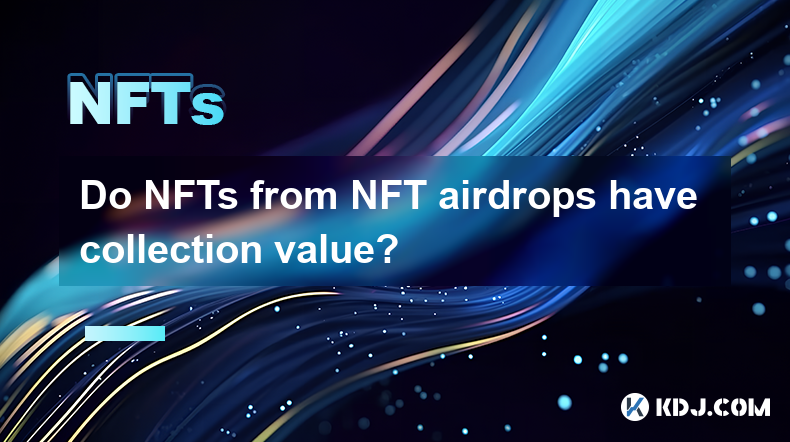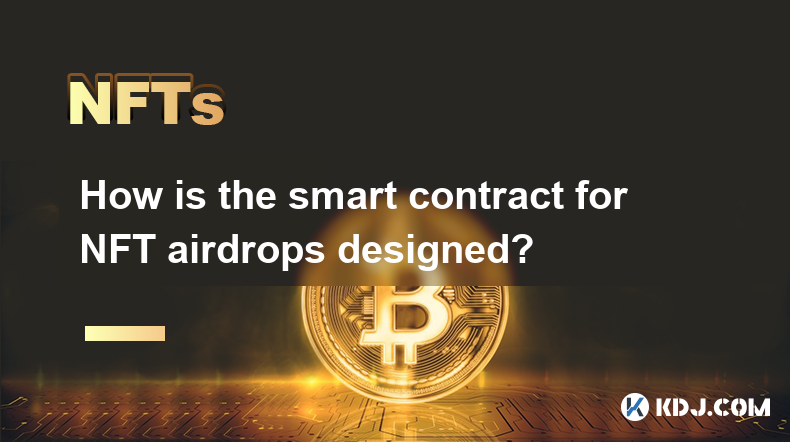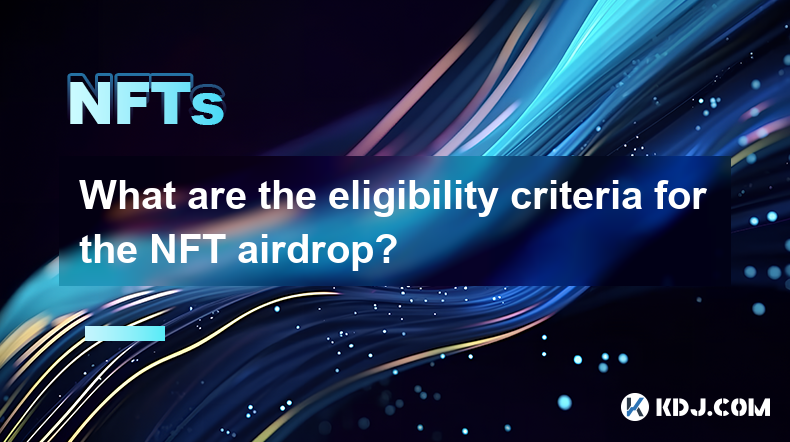-
 Bitcoin
Bitcoin $85,053.4987
0.47% -
 Ethereum
Ethereum $1,604.0688
1.50% -
 Tether USDt
Tether USDt $0.9997
-0.01% -
 XRP
XRP $2.0888
1.22% -
 BNB
BNB $593.1504
0.71% -
 Solana
Solana $138.4195
3.26% -
 USDC
USDC $0.9999
-0.01% -
 Dogecoin
Dogecoin $0.1597
3.11% -
 TRON
TRON $0.2415
-1.60% -
 Cardano
Cardano $0.6329
3.08% -
 UNUS SED LEO
UNUS SED LEO $9.2888
0.62% -
 Chainlink
Chainlink $12.7878
1.44% -
 Avalanche
Avalanche $19.2917
1.31% -
 Stellar
Stellar $0.2447
1.18% -
 Toncoin
Toncoin $3.0011
0.71% -
 Shiba Inu
Shiba Inu $0.0...01226
3.89% -
 Hedera
Hedera $0.1676
2.05% -
 Sui
Sui $2.1459
1.63% -
 Bitcoin Cash
Bitcoin Cash $337.7604
2.53% -
 Hyperliquid
Hyperliquid $17.6730
4.32% -
 Polkadot
Polkadot $3.7299
1.72% -
 Litecoin
Litecoin $76.5325
1.77% -
 Dai
Dai $0.9999
0.00% -
 Bitget Token
Bitget Token $4.4634
2.38% -
 Ethena USDe
Ethena USDe $0.9991
0.00% -
 Pi
Pi $0.6486
5.66% -
 Monero
Monero $212.3459
-1.60% -
 Uniswap
Uniswap $5.2591
1.62% -
 Pepe
Pepe $0.0...07316
3.79% -
 OKB
OKB $50.8354
2.04%
How is NFT stored on the blockchain?
NFTs' digital assets aren't stored directly on the blockchain; instead, blockchain stores metadata linking to off-chain storage (like IPFS or centralized servers), preserving ownership verification while maintaining scalability and cost-effectiveness.
Mar 17, 2025 at 08:35 am

Key Points:
- NFTs are not stored directly on the blockchain in their entirety. Instead, only metadata pointing to the NFT's location is stored.
- This metadata includes a link to the actual file (image, video, etc.) stored off-chain, usually on a decentralized storage network or a centralized server.
- The blockchain acts as a verifiable ledger of ownership and authenticity, ensuring the NFT's uniqueness and provenance.
- Different blockchains and NFT marketplaces utilize various storage solutions, impacting accessibility and costs.
- Security concerns exist regarding off-chain storage, necessitating careful selection of reputable platforms.
How is NFT stored on the blockchain?
NFTs themselves, the actual digital asset (image, video, audio, etc.), are not stored directly on the blockchain. The blockchain's limited storage capacity and high transaction costs make this impractical. Instead, what's stored on the blockchain is a token representing ownership of the NFT. This token contains metadata – a pointer – to the location of the actual digital asset. This pointer usually contains a link to where the file is stored, often on a decentralized storage network like IPFS (InterPlanetary File System) or Arweave, or on a centralized server operated by a marketplace or platform.
The blockchain records crucial information about the NFT, such as its unique identifier, creator, ownership history, and any associated smart contract details. This information proves the NFT's authenticity and its chain of ownership. Think of the blockchain as a secure, immutable ledger confirming who owns which NFT, while the actual NFT resides elsewhere. The link to the actual asset is essential for accessing and viewing the NFT.
Choosing a storage solution for the actual NFT file is a critical decision. Decentralized storage networks like IPFS offer higher resilience against censorship and single points of failure. However, they can be slower and more complex to use than centralized servers. Centralized servers, while potentially faster and easier to access, pose risks if the server goes down or the company operating it faces financial difficulties.
Different NFT marketplaces and platforms often have their preferred storage methods. Some may utilize a combination of decentralized and centralized storage, aiming for a balance between security, accessibility, and cost-effectiveness. Understanding the storage method used by a specific platform is crucial before purchasing an NFT.
The process of minting an NFT often involves uploading the digital asset to a chosen storage network and then creating the metadata on the blockchain, linking the two. This metadata acts as a certificate of authenticity, proving ownership and verifiable history. The act of transferring an NFT involves updating the ownership record on the blockchain, not transferring the actual digital file.
The security of off-chain storage is a significant concern. Decentralized storage offers a higher degree of security, as it eliminates the single point of failure inherent in centralized solutions. However, even with decentralized storage, there are risks. Data integrity and accessibility can still be affected by network issues or vulnerabilities within the storage protocol itself.
The process of viewing an NFT generally involves accessing the metadata stored on the blockchain. This metadata contains the link to the actual digital asset's location. Your wallet or the NFT marketplace then retrieves the asset from its storage location and displays it to you. This two-step process ensures that the blockchain remains efficient while still providing access to the actual NFT.
This separation of the NFT's data from the blockchain is a deliberate design choice. It allows for scalability and cost-efficiency, as storing large files directly on the blockchain would be impractical and expensive. The emphasis remains on the blockchain’s role as a secure and transparent record of ownership, not as a repository for the NFT itself.
Common Questions:
Q: Can my NFT be lost if the off-chain storage fails?
A: Yes, if the off-chain storage where the actual NFT file is located fails and there's no backup, you may lose access to the visual representation of your NFT. However, the ownership record on the blockchain remains intact, proving your ownership. You might not be able to view it, but the NFT's existence and ownership are still recorded.
Q: What happens if the blockchain where my NFT is recorded goes down?
A: The underlying blockchain’s functionality would need to be restored. Most blockchains are decentralized and highly resilient, so a complete shutdown is unlikely. Even if a specific node or network segment goes down, other nodes maintain the integrity of the blockchain data, ensuring the NFT’s record remains secure.
Q: Are all NFTs stored in the same way?
A: No. Different blockchains and marketplaces employ various storage solutions. Some might use IPFS, others Arweave, and some may even use centralized servers. The choice affects accessibility, cost, and security. It’s crucial to understand the storage mechanism employed by the platform you are using.
Q: How can I verify the authenticity of an NFT?
A: The authenticity is verified through the metadata on the blockchain. This metadata includes a unique identifier, creator information, and a verifiable ownership history. You can use blockchain explorers to view this information and confirm the NFT’s legitimacy and provenance.
Q: Is it possible to store NFTs directly on the blockchain?
A: While technically possible for very small NFTs, it's generally impractical due to the blockchain's storage limitations and high transaction costs. This method would make NFTs incredibly expensive to create and transfer. The current system of storing metadata on the blockchain and the actual asset off-chain is far more efficient.
Disclaimer:info@kdj.com
The information provided is not trading advice. kdj.com does not assume any responsibility for any investments made based on the information provided in this article. Cryptocurrencies are highly volatile and it is highly recommended that you invest with caution after thorough research!
If you believe that the content used on this website infringes your copyright, please contact us immediately (info@kdj.com) and we will delete it promptly.
- Ethena Labs Unveils Converge, a New Layer-1 Blockchain Targeting Tokenized Real-World Assets
- 2025-04-19 12:20:14
- FBI Releases Five Warnings to Help Protect Investors in the Cryptocurrency Space
- 2025-04-19 12:20:14
- Today, the Official Trump ($TRUMP) meme coin tokens have been unlocked, sparking panic among investors.
- 2025-04-19 12:15:14
- Dogecoin (DOGE) Price Prediction: Will the Original Memecoin Reach $1 by Late Summer 2025?
- 2025-04-19 12:15:14
- Resilience is a Distinct Attribute of Solana
- 2025-04-19 12:10:13
- Astar Network Adjusts Its Token Issuance Model to Stabilize APY and Reduce Inflation
- 2025-04-19 12:10:13
Related knowledge

How to display and trade NFTs from NFT airdrops?
Apr 18,2025 at 04:42am
How to Display and Trade NFTs from NFT Airdrops? NFT airdrops have become a popular way for projects to distribute their tokens and engage with their community. If you've received NFTs through an airdrop, you might be wondering how to display and trade them. This article will guide you through the process step-by-step, ensuring you can showcase your NFT...

Do NFTs from NFT airdrops have collection value?
Apr 18,2025 at 11:49pm
NFTs, or non-fungible tokens, have become a significant part of the cryptocurrency ecosystem, and NFT airdrops are one way for projects to distribute these digital assets to their community. A common question that arises is whether NFTs received from airdrops have any collection value. To answer this question, we need to delve into various aspects of NF...

How is the smart contract for NFT airdrops designed?
Apr 18,2025 at 03:10am
The design of a smart contract for NFT airdrops is a complex process that requires careful consideration of various factors to ensure the airdrop is executed smoothly and securely. This article will delve into the intricacies of how such a smart contract is designed, focusing on key components, security measures, and the implementation process. Key Comp...

What are the eligibility criteria for the NFT airdrop?
Apr 17,2025 at 04:56pm
Understanding NFT AirdropsNFT airdrops are a popular method used by blockchain projects to distribute non-fungible tokens (NFTs) to their community members. These airdrops can serve various purposes, such as rewarding loyal users, promoting new projects, or increasing the visibility of existing ones. To participate in an NFT airdrop, individuals must me...

How to protect the copyright of artworks on NFT platforms?
Apr 19,2025 at 06:28am
The rise of Non-Fungible Tokens (NFTs) has revolutionized the way digital art is created, bought, and sold. As artists increasingly turn to NFT platforms to showcase and monetize their work, protecting the copyright of these artworks becomes a crucial concern. This article explores various strategies and tools that artists can use to safeguard their int...

How to attract artists and creators to join the NFT platform?
Apr 18,2025 at 02:50pm
Attracting artists and creators to join an NFT platform is crucial for its success and growth. By understanding their needs and offering unique features, you can create a thriving community of digital artists and content creators. In this article, we will explore several strategies to entice artists and creators to join your NFT platform. Understanding ...

How to display and trade NFTs from NFT airdrops?
Apr 18,2025 at 04:42am
How to Display and Trade NFTs from NFT Airdrops? NFT airdrops have become a popular way for projects to distribute their tokens and engage with their community. If you've received NFTs through an airdrop, you might be wondering how to display and trade them. This article will guide you through the process step-by-step, ensuring you can showcase your NFT...

Do NFTs from NFT airdrops have collection value?
Apr 18,2025 at 11:49pm
NFTs, or non-fungible tokens, have become a significant part of the cryptocurrency ecosystem, and NFT airdrops are one way for projects to distribute these digital assets to their community. A common question that arises is whether NFTs received from airdrops have any collection value. To answer this question, we need to delve into various aspects of NF...

How is the smart contract for NFT airdrops designed?
Apr 18,2025 at 03:10am
The design of a smart contract for NFT airdrops is a complex process that requires careful consideration of various factors to ensure the airdrop is executed smoothly and securely. This article will delve into the intricacies of how such a smart contract is designed, focusing on key components, security measures, and the implementation process. Key Comp...

What are the eligibility criteria for the NFT airdrop?
Apr 17,2025 at 04:56pm
Understanding NFT AirdropsNFT airdrops are a popular method used by blockchain projects to distribute non-fungible tokens (NFTs) to their community members. These airdrops can serve various purposes, such as rewarding loyal users, promoting new projects, or increasing the visibility of existing ones. To participate in an NFT airdrop, individuals must me...

How to protect the copyright of artworks on NFT platforms?
Apr 19,2025 at 06:28am
The rise of Non-Fungible Tokens (NFTs) has revolutionized the way digital art is created, bought, and sold. As artists increasingly turn to NFT platforms to showcase and monetize their work, protecting the copyright of these artworks becomes a crucial concern. This article explores various strategies and tools that artists can use to safeguard their int...

How to attract artists and creators to join the NFT platform?
Apr 18,2025 at 02:50pm
Attracting artists and creators to join an NFT platform is crucial for its success and growth. By understanding their needs and offering unique features, you can create a thriving community of digital artists and content creators. In this article, we will explore several strategies to entice artists and creators to join your NFT platform. Understanding ...
See all articles
























































































